Who saidfourteenth-century art was only a subject for adults? With Learn with. Giotto even the youngest children can enter the world of art masterpieces while having fun and discovering without getting bored. The game-book (also called a puzzle for toddlers), written by Caterina Borgato, illustrated by Angela Bertolin and scientifically edited by Elena Annovazzi and Paola Montani, is designed to accompany youngsters in the discovery of one of the great protagonists of Italian painting, Giotto (Vespignano del Mugello, about 1267 - Florence, 1337). Published by Tascabimbi in the Impara con... series (ISBN 979-12-80615-16-9), it has received the patronage of the Municipality of Padua, through the Department of Culture and the Department of Educational and School Policies, as well as the support of the Department of Cultural Heritage of the University of Padua, in collaboration with the Musei Civici agli Eremitani, custodians of part of the artistic heritage linked to Giotto and his school. Colorful, curious and full of creative insights.
From the very first pages we can perceive how the project has a dual soul: on the one hand the playful one, led by Caterina Borgato, an author specializing in educational paths for children; on the other hand the imaginative one, entrusted to the illustrations of Angela Bertolin, who give us back Giotto’s art in a playful narrative form. Elena Annovazzi and Paola Montani, who ensure child-friendly philological, scientific and historical adherence. Through its playful approach, the book does not flatten the complexity of the subject matter. The volume is also supported by a varied cultural and institutional partnership. Indeed, it has received the patronage of the City of Padua, both through the Department of Culture and through the Department of Educational and School Policies. Added to this is the contribution of the Department of Cultural Heritage of the University of Padua.
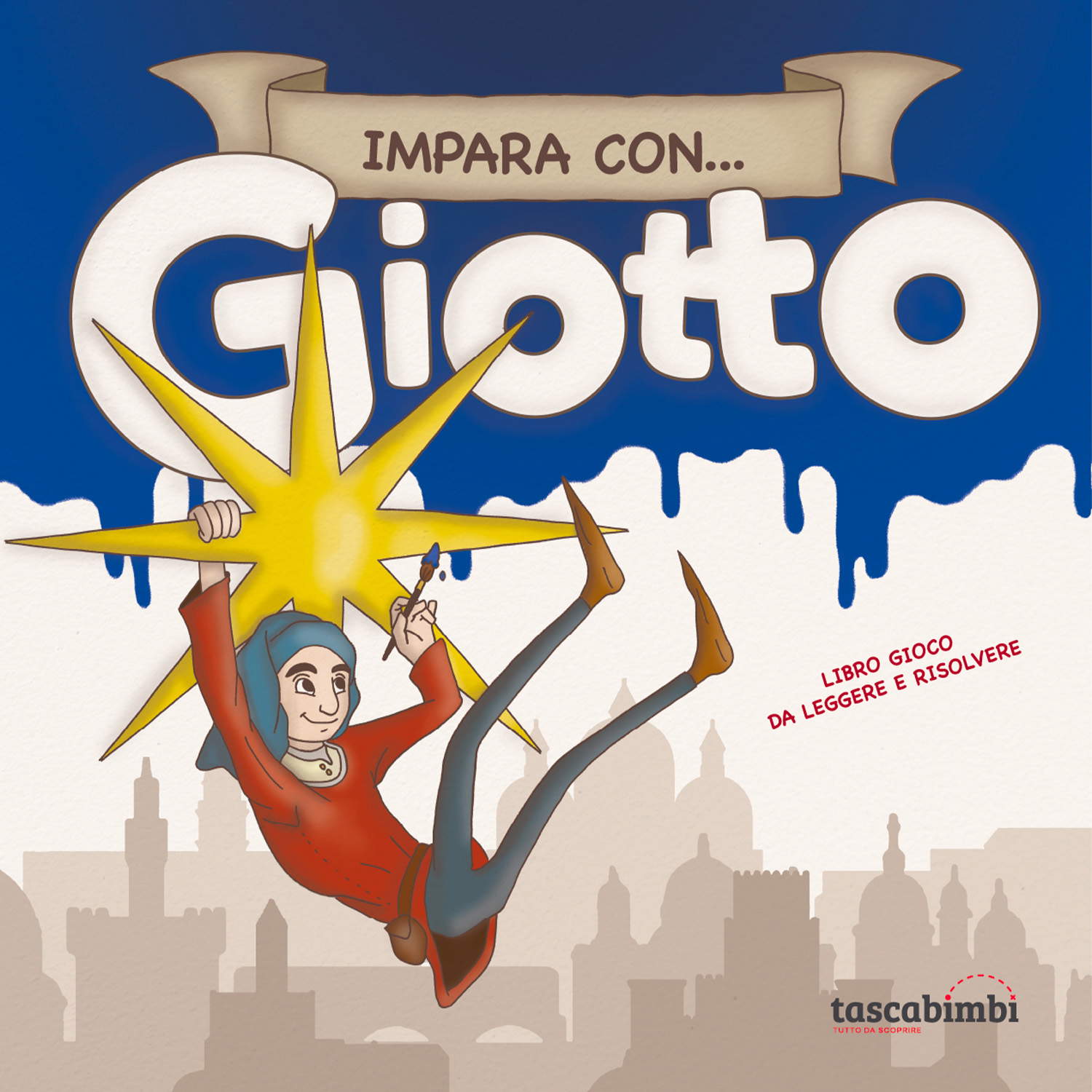
The game-book format is one of the most cutting-edge and successful aspects of the entire project. The pages tell Giotto’s biography, illustrating his best-known works but in an entirely new way. In fact, the chapters that make up the book are constructed like a small workshop. But what does this mean? That young readers are involved in activities, games, quizzes, mazes, drawings to complete, riddles and guided observations. In this way they move from passive contemplation to active involvement in order to stimulate curiosity,observation but also critical thinking in young people. And this is the most interesting aspect of Learn with...Giotto.
Considered the father of modern painting, Giotto is regarded as a bridging figure between the Middle Ages andHumanism. Introducing children to his work therefore means calling them to take a different look at the way artists communicate stories through the use of symbols, colors and images. It means showing them how, as early as the 14th century, it was possible to generate emotions through artistic composition. So what can we find in the volume? Inside the book are some of the most well-known episodes related to the figure of the artist. We start from the sheep drawn as a child, to the reproductions (to color) of the frescoes depicting St. Francis of Assisi, told with the intention of conveying the idea that art is also an emotional exercise, as well as a logical one. Instead, the most important stages of the artist’s life are retraced through maps, cards, and activities that encourageinteraction and memorization, and that manage to keep children’s attention even with more challenging content, such as the historical context, the link with the territory, the religious dimension and the artist’s personal journey, which are proposed in an accessible way.
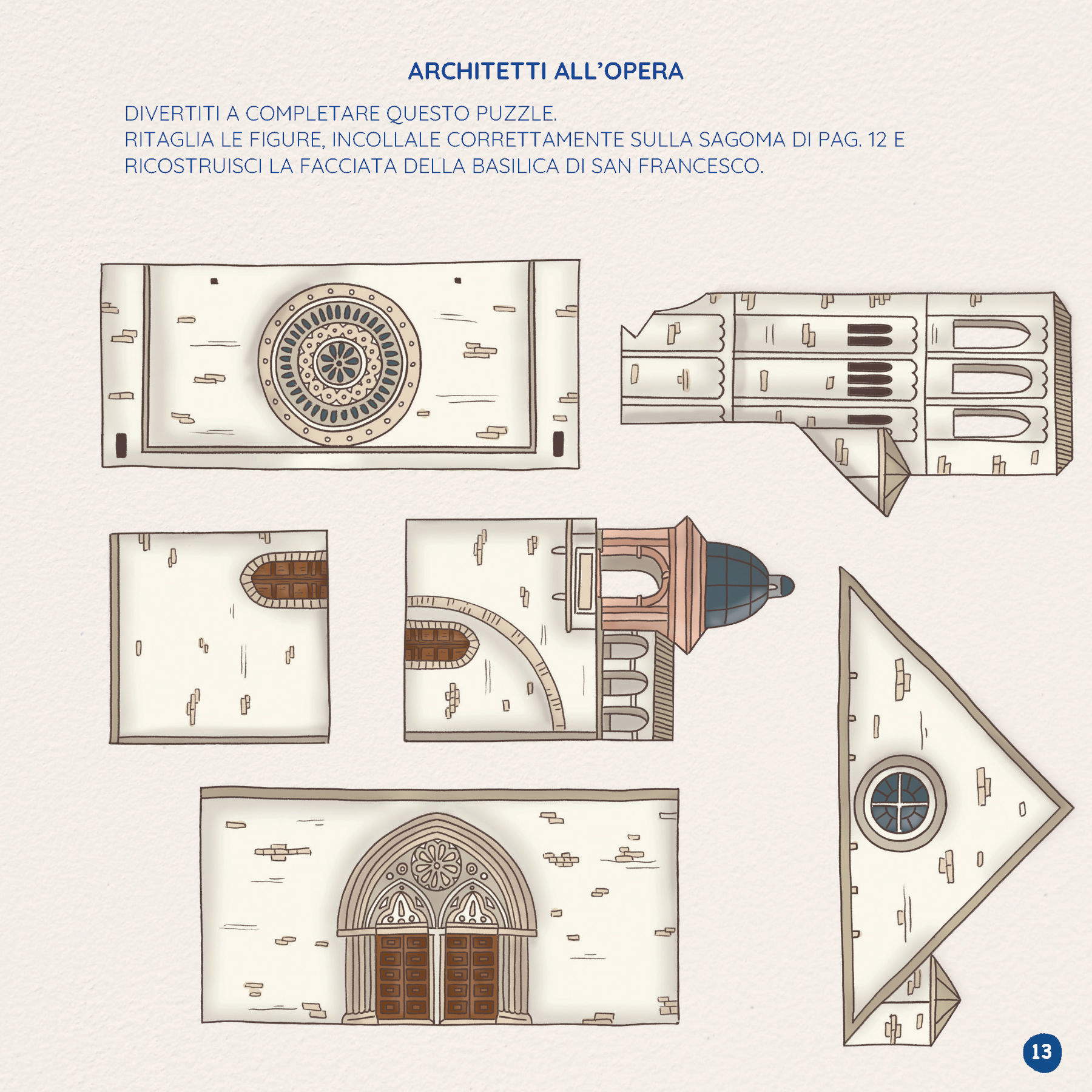
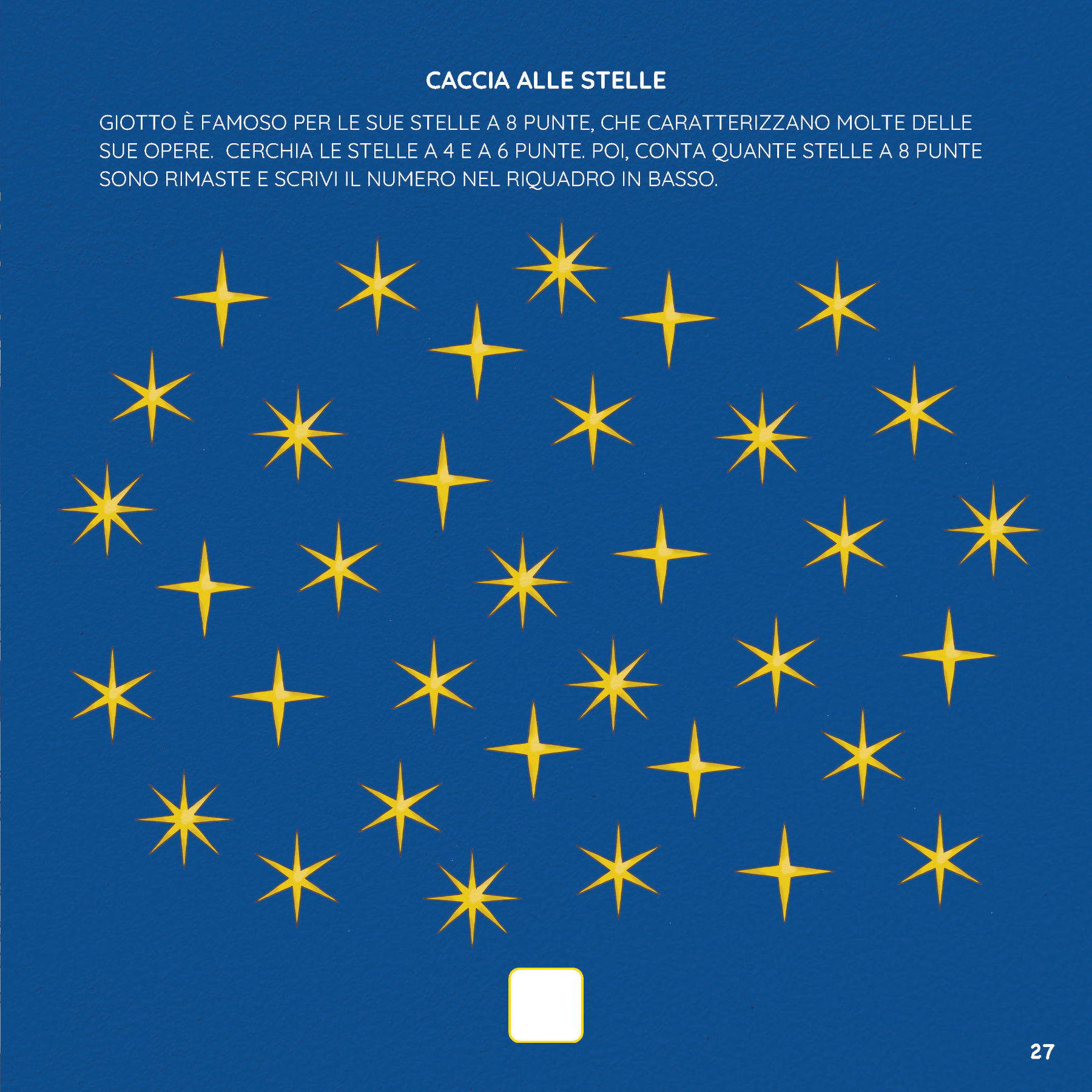
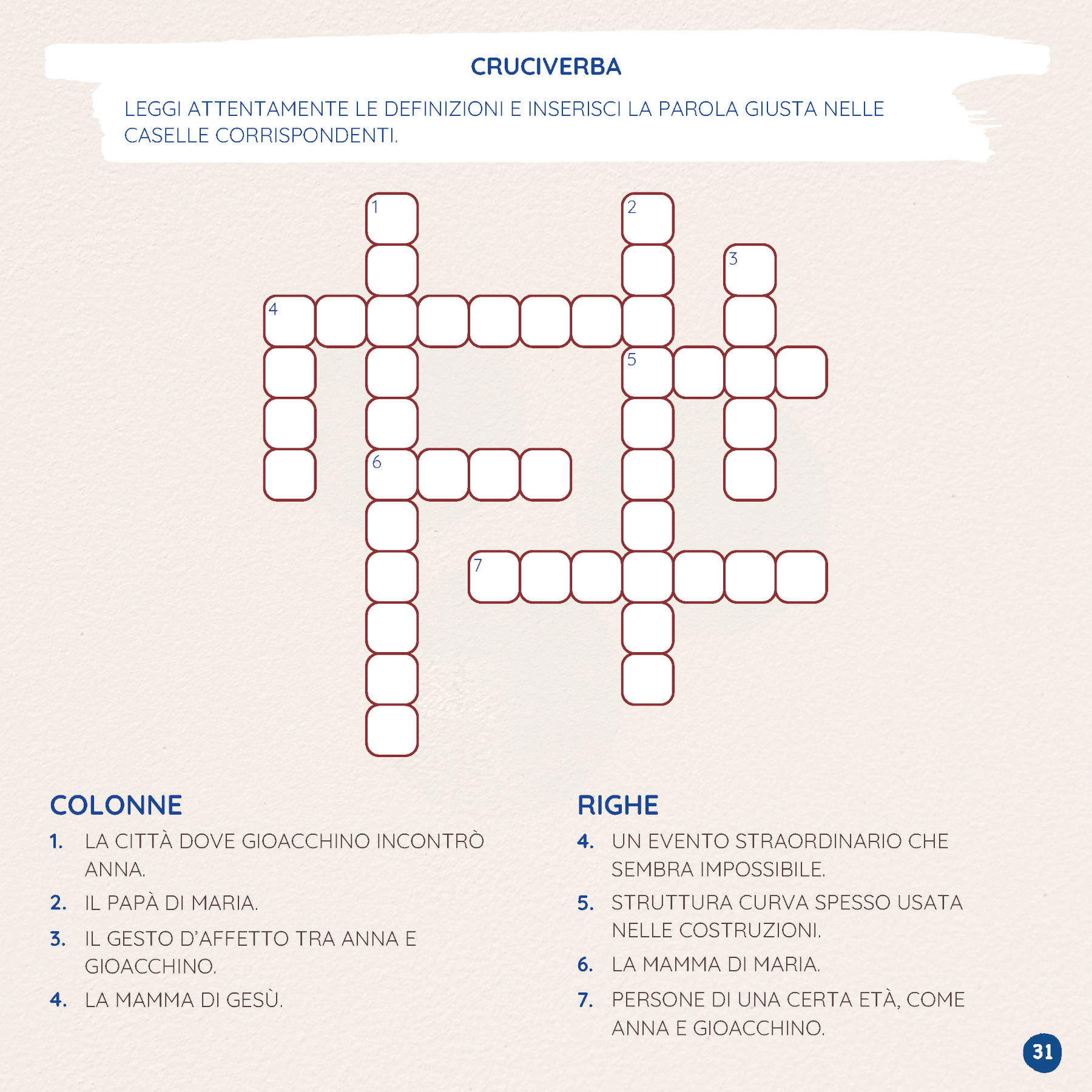
A larger section of the book is devoted to the Scrovegni Chapel, a church in Padua dating back to 1305 that contains a relevant cycle of frescoes by the painter, created between 1303 and 1305 .Through play and the use of reason,the pagesdedicated lead the youngest inside frescoes, such as Last Judgment, The Adoration of the Magi, or even Meeting of Joachim and Anne at the Golden Gate, to look for details, recognize the emotions of the characters, but also to discover the symbolic meaning of colors, objects, read definitions and solve crossword puzzles. There is also an in-depth study of perspective, a central element in Giotto’s research and a turning point in the evolution of spatial representation. What then is the peculiarity of the book? That of making the game become an educational tool in order to complete, find, imagine but above all compare. In this context, the painter’s works of art are transformed into new territory for analysis.
Great attention is also paid to the historical context. Within the volume, children are guided in the discovery of 14th-century Italy, the trades of the time, the painting techniques used, and daily life. They begin to become familiar with terms such as basilica, vault, fresco, perspective, cathedral, which are transformed into words related to concrete experiences (in science and play). Therefore, the approach the book aims to have is multidisciplinary: we talk about art, history, geography, even philosophy; subjects that are integrated in a language easily understood by a younger audience. Another merit of the volume is its connection with the territory. The reference to the cities of Rome, Assisi, Florence, and Padua and their artistic traditions is constant, particularly emphasized, and through play children are stimulated to visit places related to Giotto. The objective is therefore twofold. We have a different look toward the urban exploration of his places, but also a different idea of culture. We refer to a physical experience, able to pass through visits to museums, but also participation in school activities. Relevant in the same way is the educational value of the book. Learn with. Giottote teacheschildren who Giotto is, what it means to create, what it means to communicate a story through images. Art is thus understood as an object of study and a stimulus for identity construction.
Angela Bertolin ’s illustrations accompany children in an immediate style that is in tune with the tone of the text. The characters are recognizable and sympathetic, but at the same time respectful of the historical atmosphere. Learn with. Giotto is therefore presented as a tool that combines historical and artistic content with pedagogical design, capable of bringing children closer to cultural heritage in a lasting way and igniting in them curiosity related to the world of art. We live in a time when it is often taken for granted that young children are incapable of understanding the (sometimes more complex) languages of art. Learn with. Giotto aims to prove just the opposite. Namely, that with the right tools, it is possible to educate the younger generation about different aspects of the subject of art. To beauty, to history, to creativity, to the sense of time and memory. It is possible, and necessary, to build bridges between our past and present and between museum and school. The book is therefore for all those who believe that the great masters of the past, such as Giotto, still have much to tell today’s generations.
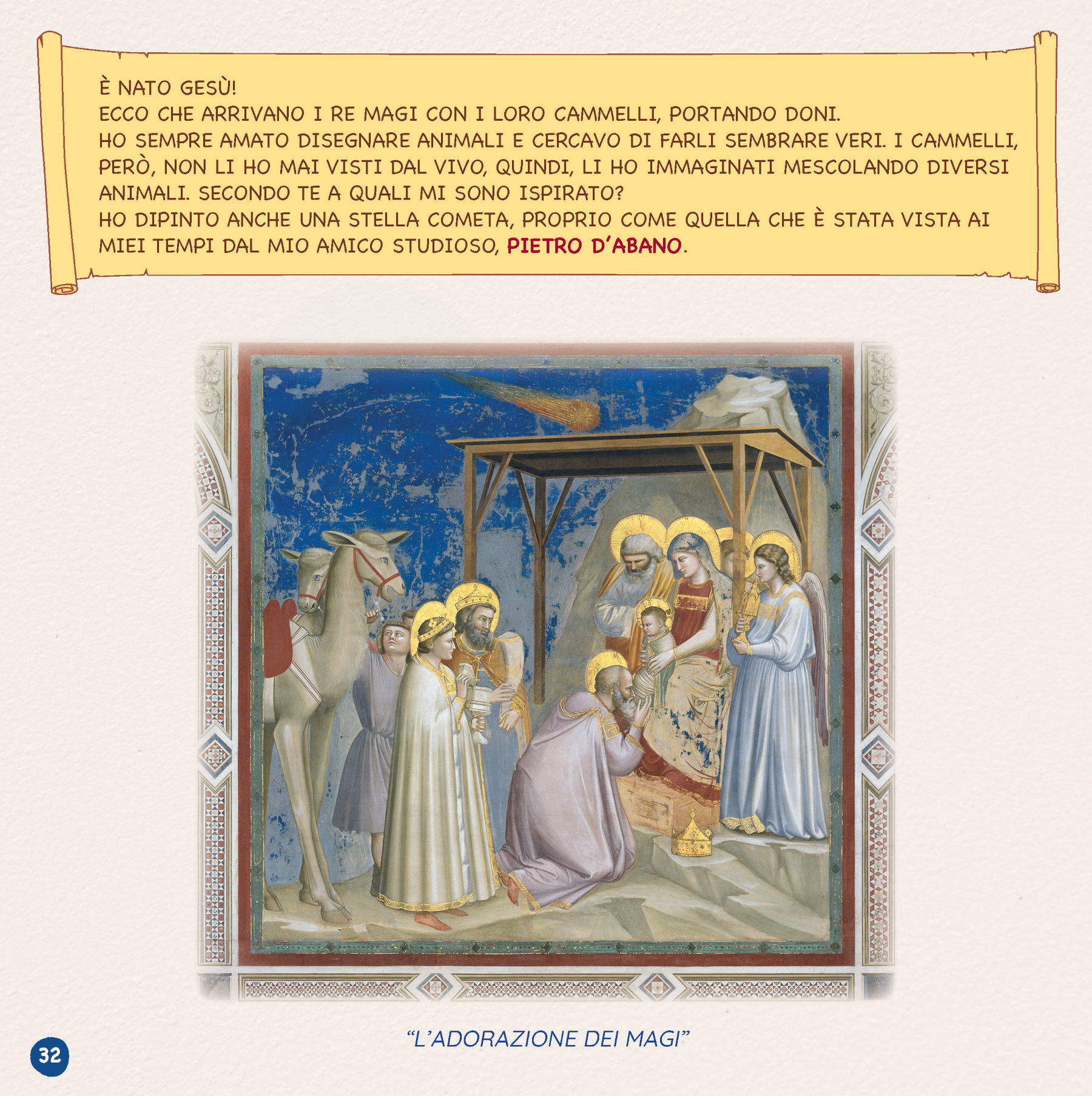
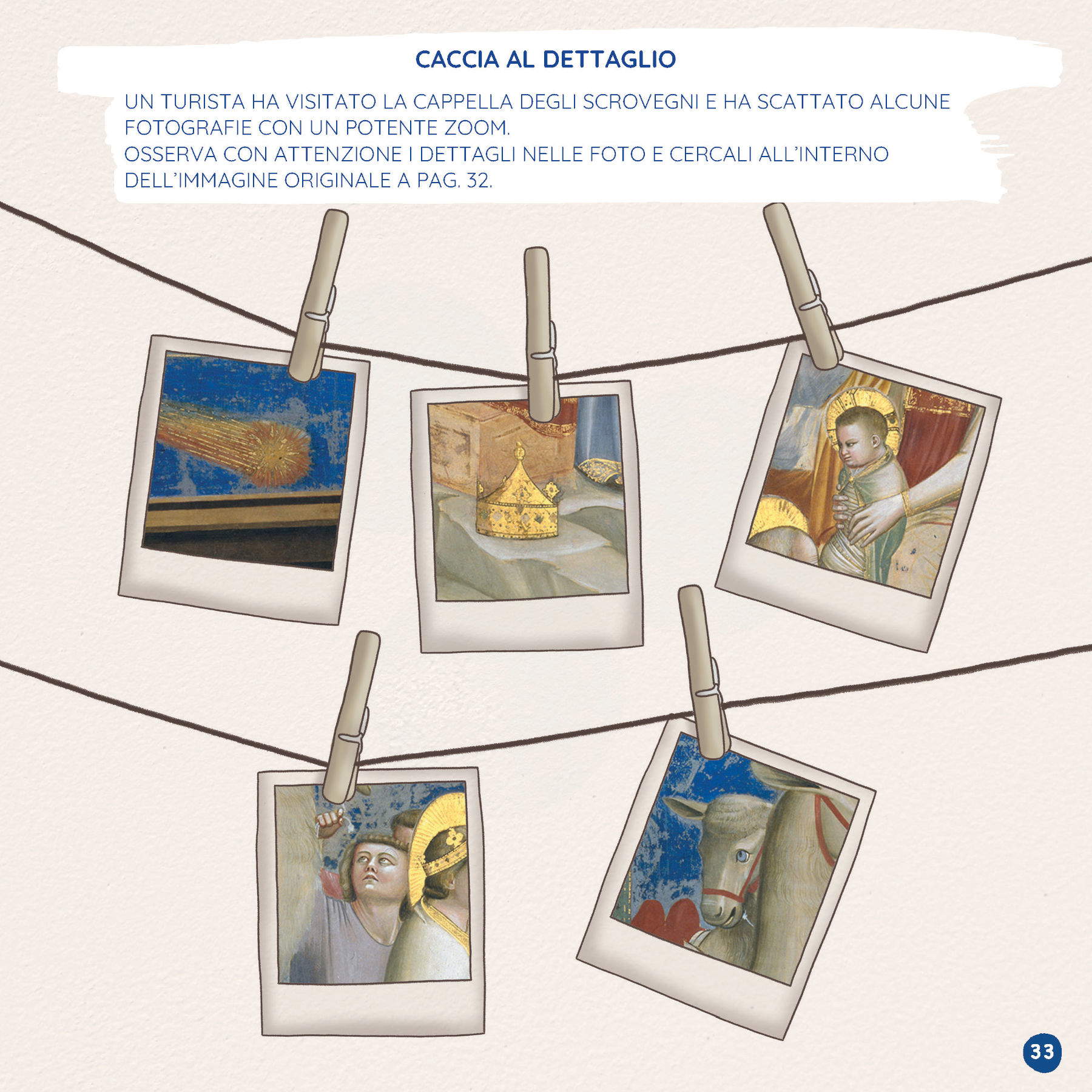
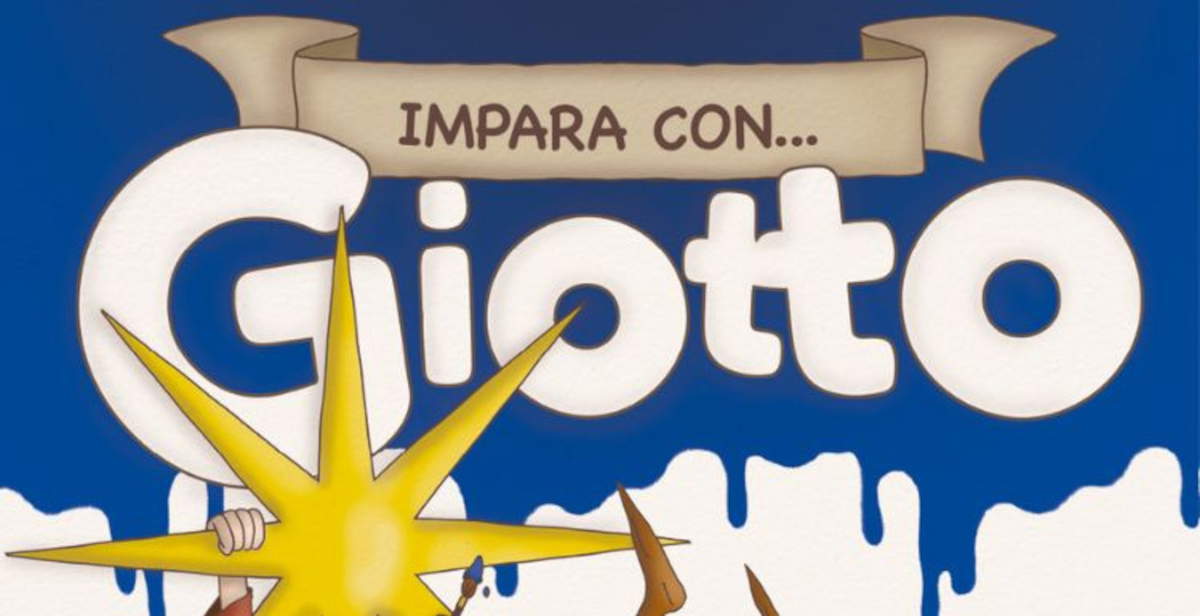 |
| A playbook on Giotto introduces children to 14th-century art: here's what it's like Learn with... Giotto |
Warning: the translation into English of the original Italian article was created using automatic tools. We undertake to review all articles, but we do not guarantee the total absence of inaccuracies in the translation due to the program. You can find the original by clicking on the ITA button. If you find any mistake,please contact us.